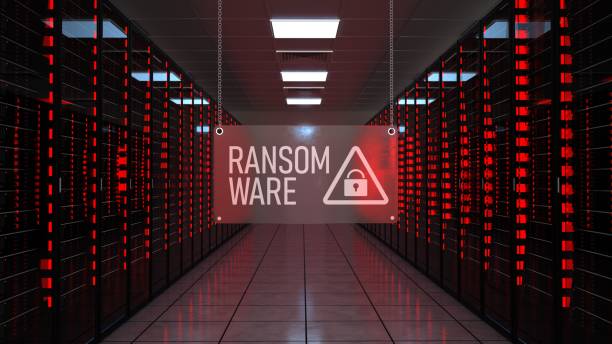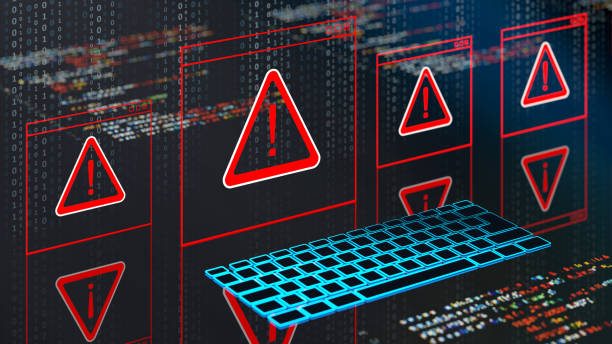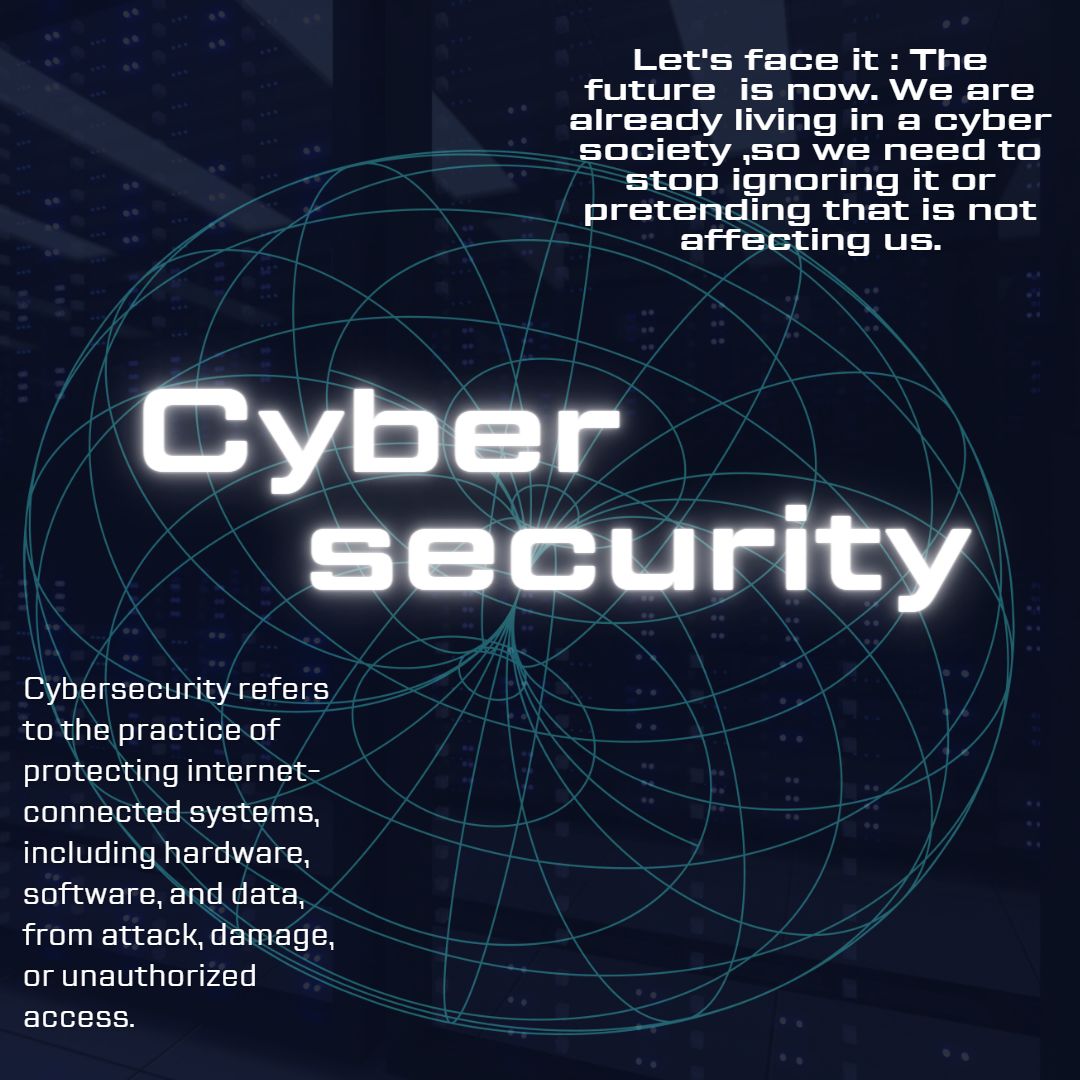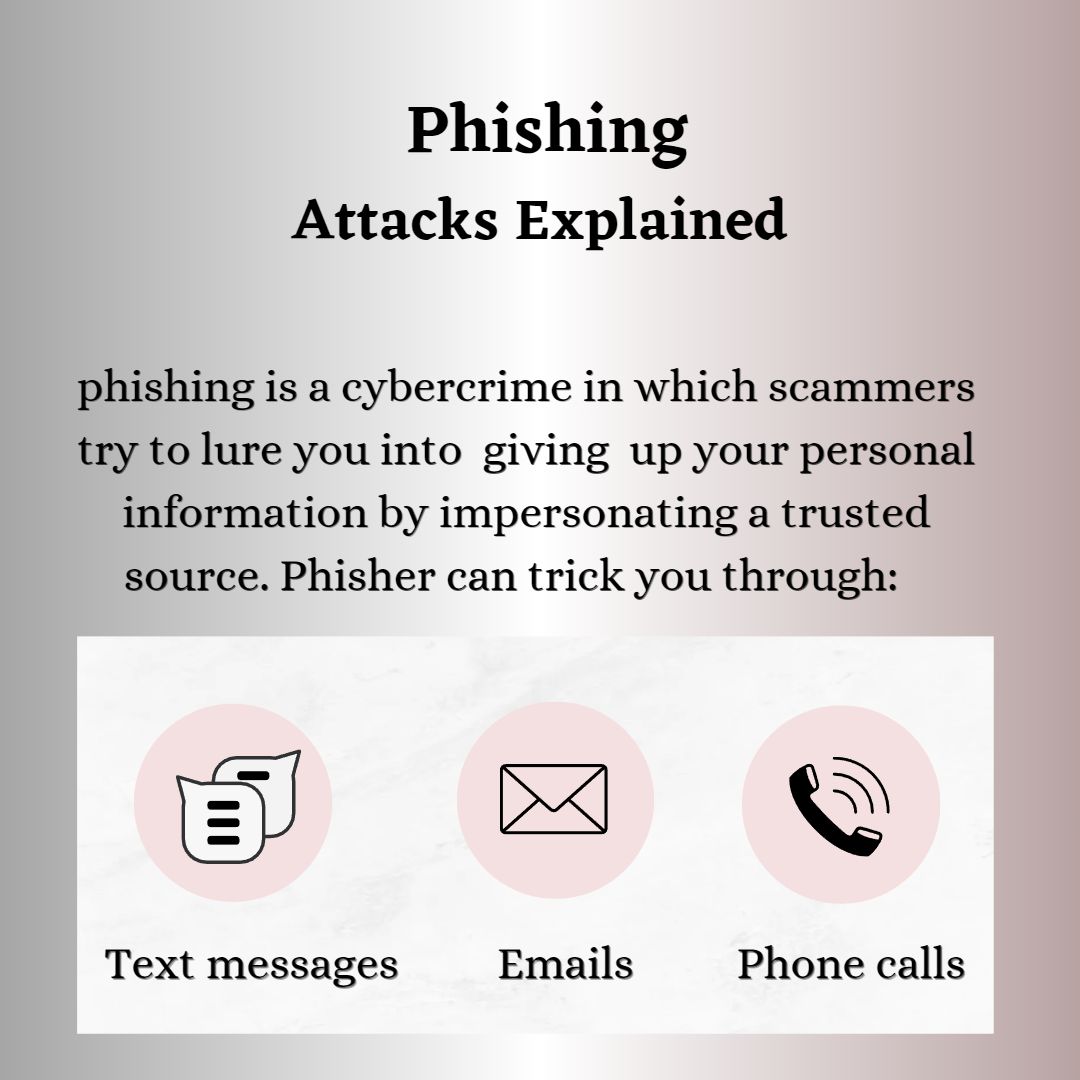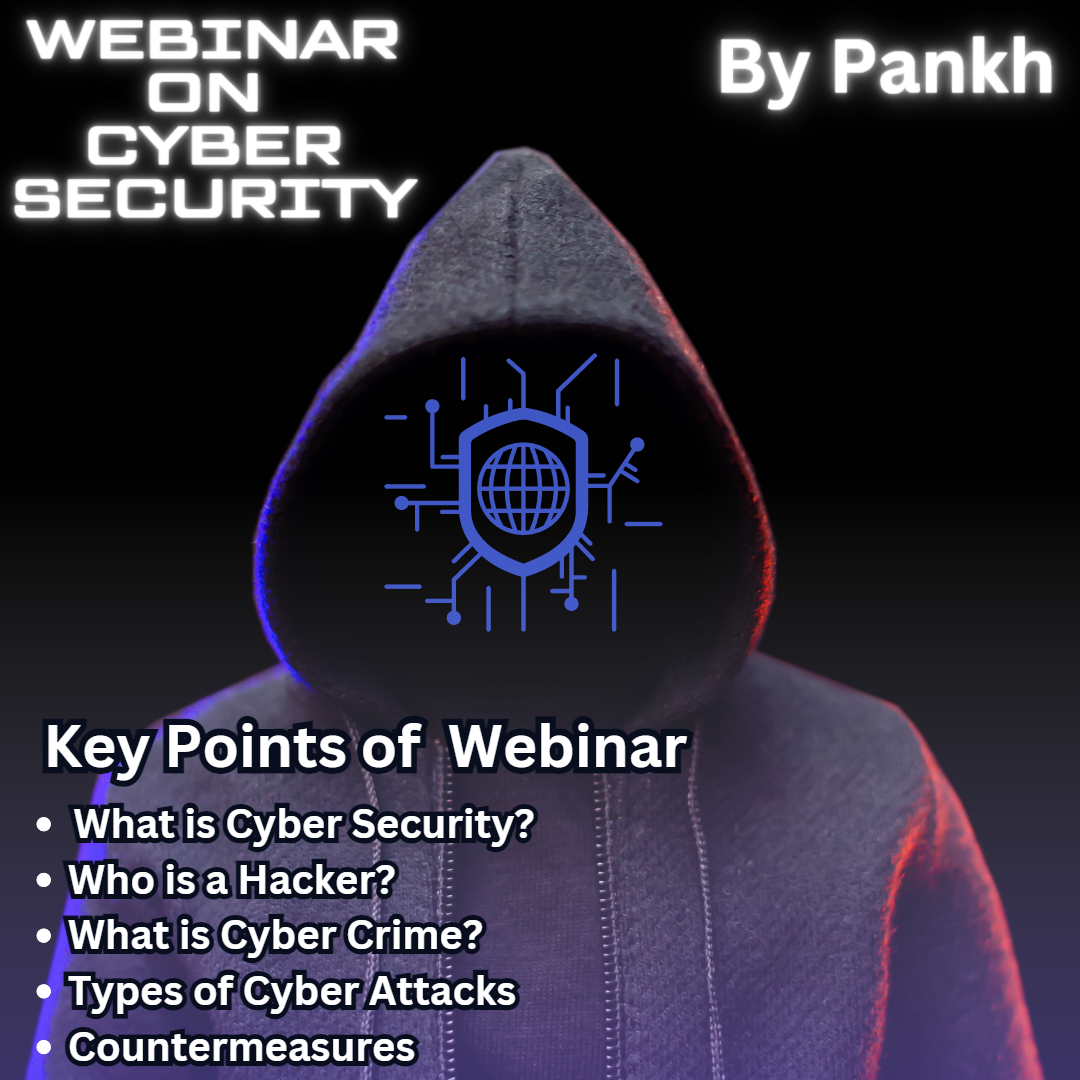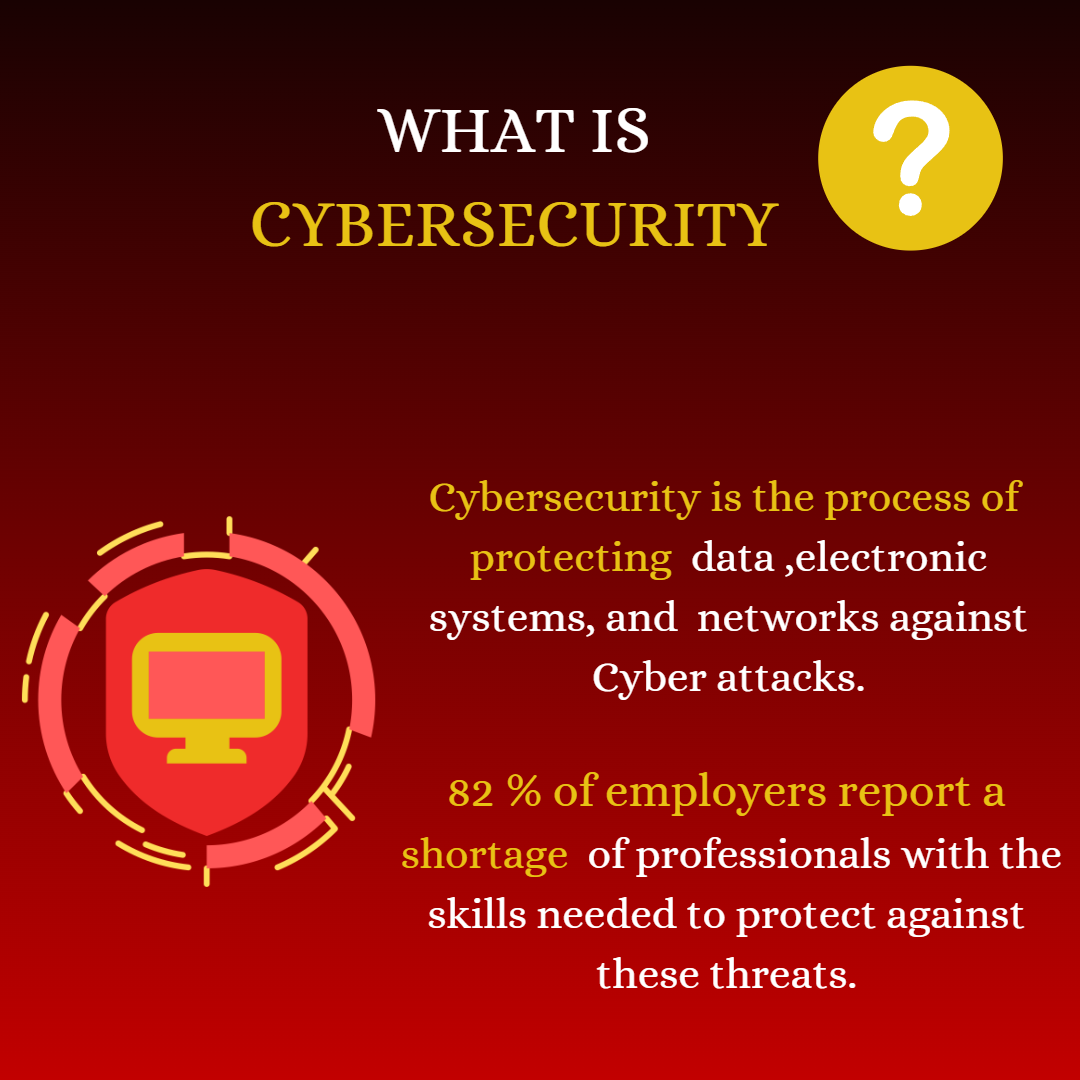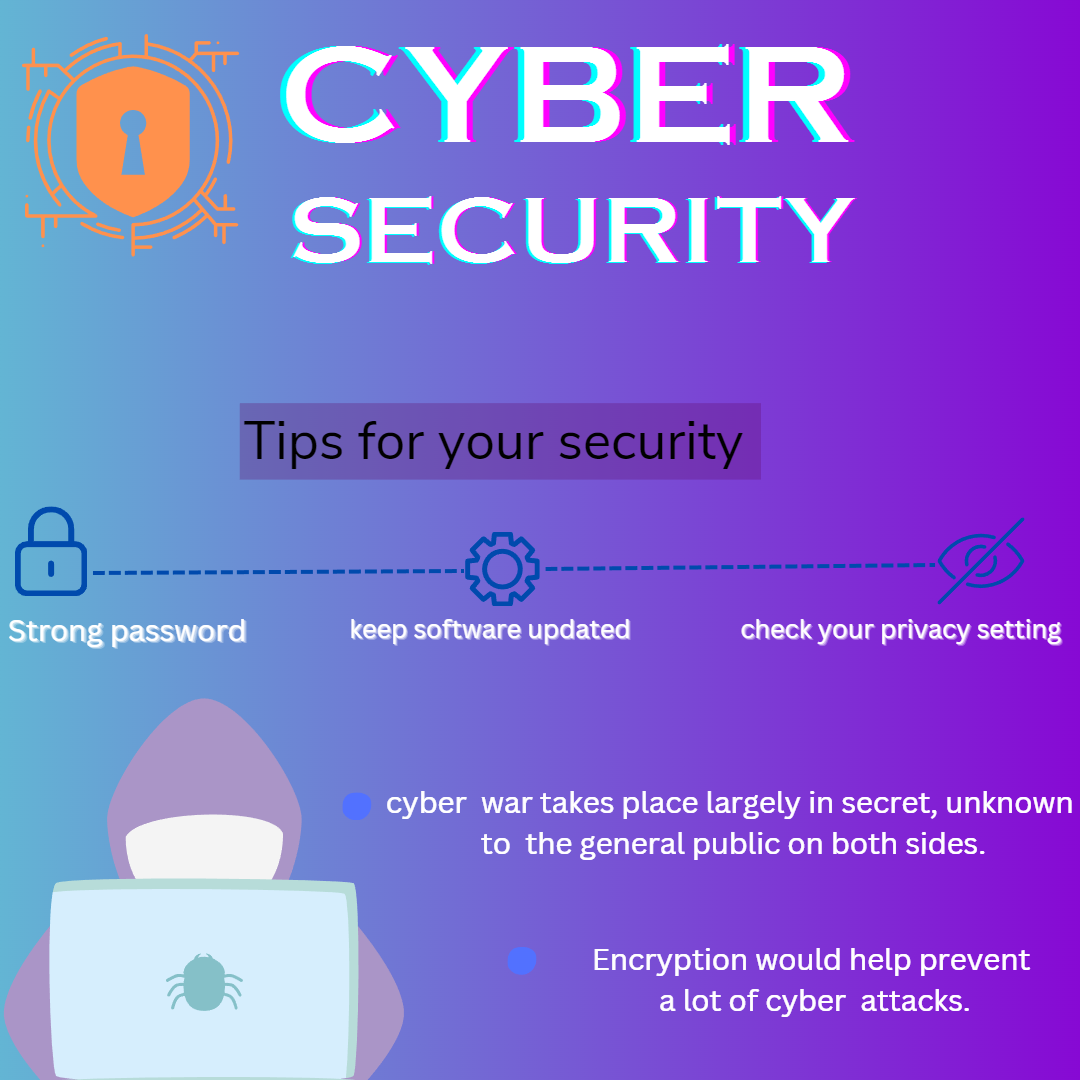Cyber threat intelligence (CTI) refers to the collection, analysis, and dissemination of information regarding current or potential threats to an organization’s information assets. CTI aims to help organizations understand and anticipate cyber threats, enabling them to take proactive measures to defend against cyber attacks.
Here are key aspects of CTI:
Data Collection: Gathering data from various sources such as open-source intelligence (OSINT), technical sources (logs, network traffic), human intelligence (HUMINT), and dark web monitoring.
Analysis: Processing and interpreting the collected data to identify patterns, trends, and indicators of compromise (IOCs). This involves correlating data points to uncover threat actors’ tactics, techniques, and procedures (TTPs).
Threat Intelligence Feeds: These are streams of data that provide real-time information about emerging threats. They can include data about malware signatures, IP addresses of malicious servers, and phishing campaigns.
Contextualization: Providing context to the raw data to understand the potential impact on the organization. This helps in prioritizing threats based on their relevance and potential damage.
Dissemination: Sharing the analyzed intelligence with relevant stakeholders, such as security teams, management, and external partners, in a format that is actionable.
Response and Mitigation: Using the intelligence to inform and guide defensive measures, such as updating security controls, patching vulnerabilities, and conducting awareness training for employees.
Strategic and Tactical Intelligence: Strategic intelligence focuses on long-term trends and the overall threat landscape, while tactical intelligence deals with immediate threats and specific attack indicators.
Collaboration and Sharing: Engaging in information sharing with industry peers, government agencies, and cybersecurity communities to enhance collective defense mechanisms.

Cyber threat intelligence (CTI) involves the systematic process of gathering, analyzing, and disseminating information regarding potential or existing threats that pose a risk to an organization’s information assets. The primary goal of CTI is to enable organizations to make informed decisions about their cybersecurity strategies, allowing them to proactively defend against cyber threats.
Cyber threat intelligence (CTI) can be categorized into several types
Strategic Threat Intelligence:
- Scope: High-level insights into broader trends and patterns in the cyber threat landscape.
- Audience: Executives, senior management, and decision-makers.
- Purpose: To inform long-term security strategies and investment decisions.
- Content: Information on threat actor motivations, geopolitical developments, emerging technologies, and macro-level threat trends.
Tactical Threat Intelligence:
- Scope: Specific details about threat actors’ tactics, techniques, and procedures (TTPs).
- Audience: Security analysts, incident response teams, and SOC (Security Operations Center) personnel.
- Purpose: To support immediate defense measures and improve detection and response capabilities.
- Content: Descriptions of attack methods, malware behaviors, and specific vulnerabilities targeted by attackers.
Operational Threat Intelligence:
- Scope: Information about specific, impending attacks or campaigns.
- Audience: Incident response teams, SOC personnel, and operational security staff.
- Purpose: To prepare for and mitigate imminent threats.
- Content: Indicators of compromise (IOCs), attack vectors, and timelines of expected attacks.
Technical Threat Intelligence:
- Scope: Detailed technical data relevant to cybersecurity defenses.
- Audience: IT staff, network administrators, and cybersecurity engineers.
- Purpose: To enable the implementation of technical defenses and fine-tuning of security controls.
- Content: IP addresses, domain names, file hashes, URLs, and specific signatures of malware or exploits.
Additional Categories
Contextual Threat Intelligence:
- Scope: Provides context to the technical details, explaining the significance and potential impact.
- Audience: All levels, from technical staff to executives.
- Purpose: To bridge the gap between technical details and strategic insights.
- Content: Analysis of the relevance of threats to the organization, potential impact assessments, and recommended actions.
Behavioral Threat Intelligence:
- Scope: Focuses on understanding the behavior and methodologies of threat actors.
- Audience: Security analysts and threat hunters.
- Purpose: To anticipate future actions of threat actors and develop more effective detection methods.
- Content: Behavioral patterns, attack timelines, and commonalities between different campaigns.
Common Tactics
Cyber threat intelligence (CTI) identifies and analyzes various tactics used by threat actors to infiltrate, exploit, and damage systems. Understanding these tactics helps organizations better prepare and defend against cyber threats. Here are some common tactics employed by cyber adversaries:
1. Phishing
- Description: Deceptive attempts to obtain sensitive information by masquerading as a trustworthy entity via email or other communication channels.
- Example: Sending emails that appear to be from reputable sources, such as banks or colleagues, to trick recipients into revealing passwords or financial information.
2. Spear Phishing
- Description: A more targeted form of phishing where the attacker customizes the message for a specific individual or organization.
- Example: An email addressed to a high-ranking executive, containing personal information to increase credibility, aiming to gain access to corporate networks.
3. Malware
- Description: Malicious software designed to damage, disrupt, or gain unauthorized access to computer systems.
- Example: Viruses, worms, trojans, ransomware, and spyware that can steal data, encrypt files for ransom, or disrupt system operations.
4. Social Engineering
- Description: Manipulating individuals into divulging confidential information or performing actions that compromise security.
- Example: Pretending to be a tech support agent and convincing an employee to provide login credentials.
5. Exploiting Vulnerabilities
- Description: Taking advantage of weaknesses or flaws in software or hardware to gain unauthorized access.
- Example: Using a known vulnerability in an unpatched software application to infiltrate a system.
6. Denial of Service (DoS) and Distributed Denial of Service (DDoS)
- Description: Overwhelming a network, service, or server with excessive traffic to render it unavailable.
- Example: Flooding a website with traffic from multiple sources, causing it to crash and become inaccessible to legitimate users.
7. Credential Stuffing
- Description: Using automated tools to attempt logins on various websites using large sets of username and password combinations obtained from previous data breaches.
- Example: An attacker gains access to multiple accounts by reusing credentials leaked from other sites.
8. Advanced Persistent Threats (APTs)
- Description: Prolonged and targeted cyber attacks in which an intruder gains access to a network and remains undetected for an extended period.
- Example: State-sponsored actors infiltrate a government network to gather intelligence over several months.
9. Man-in-the-Middle (MitM) Attacks
- Description: Intercepting and potentially altering communications between two parties without their knowledge.
- Example: An attacker intercepts data between a user and a website, stealing sensitive information like login credentials or financial data.
10. Watering Hole Attacks
- Description: Compromising a website frequented by the target group to distribute malware.
- Example: Infecting a popular industry blog with malware, which then targets visitors from specific organizations.
11. SQL Injection
- Description: Inserting malicious SQL queries into input fields to manipulate database operations.
- Example: Using a login form to execute a query that gives the attacker access to the entire database.
12. Zero-Day Exploits
- Description: Attacking vulnerabilities in software that are unknown to the software vendor or have not yet been patched.
- Example: Exploiting a newly discovered vulnerability in an operating system before a security update is released.
13. Lateral Movement
- Description: Moving through a network to find and access additional systems and data after an initial compromise.
- Example: After gaining access to an employee’s computer, an attacker uses it to navigate to more sensitive parts of the network.
14. Privilege Escalation
- Description: Gaining higher-level permissions than initially authorized to execute unauthorized actions.
- Example: Exploiting a vulnerability to change a user’s role from a regular employee to an administrator.
15. Data Exfiltration
- Description: Unauthorized transfer of data from a computer or network.
- Example: Using malware to copy sensitive files from a company’s server to an external location controlled by the attacker.
The process begins with the collection of data from a wide range of sources. This includes open-source intelligence (OSINT) such as publicly available information from the internet, technical sources like network logs and traffic data, human intelligence (HUMINT) from insider reports or threat actor communications, and even dark web monitoring to track illicit activities. The diversity of sources ensures a comprehensive understanding of the threat landscape.

The process begins with the collection of data from a wide range of sources. This includes open-source intelligence (OSINT) such as publicly available information from the internet, technical sources like network logs and traffic data, human intelligence (HUMINT) from insider reports or threat actor communications, and even dark web monitoring to track illicit activities. The diversity of sources ensures a comprehensive understanding of the threat landscape.
Once collected, the data undergoes thorough analysis to identify patterns, trends, and indicators of compromise (IOCs). Analysts work to uncover the tactics, techniques, and procedures (TTPs) employed by threat actors. This phase is crucial as it transforms raw data into meaningful insights. By understanding the methods and motivations of cyber adversaries, organizations can anticipate potential attacks and prepare accordingly.
An essential component of CTI is the use of threat intelligence feeds. These feeds provide real-time updates on emerging threats, such as new malware signatures, IP addresses associated with malicious activities, and details of phishing campaigns. By integrating these feeds into their security systems, organizations can stay up-to-date with the latest threat information and respond quickly to new risks.
Contextualization of the analyzed data is another critical step. This involves interpreting the information to understand its relevance and potential impact on the organization. Not all threats are equally significant; therefore, prioritizing them based on their potential damage and likelihood is essential for efficient resource allocation.
Dissemination of threat intelligence involves sharing the processed and contextualized information with relevant stakeholders. This includes security teams who need actionable insights to protect the organization’s assets, management who require an understanding of the threat landscape for strategic decision-making, and external partners or industry peers for collaborative defense efforts.
The ultimate aim of CTI is to inform and guide an organization’s response and mitigation strategies. This can involve updating security controls, applying patches to vulnerable systems, enhancing monitoring capabilities, and conducting awareness training for employees to recognize and respond to threats effectively.
CTI encompasses both strategic and tactical intelligence. Strategic intelligence focuses on long-term trends and the overall threat landscape, helping organizations shape their long-term cybersecurity strategies. In contrast, tactical intelligence deals with immediate threats and specific indicators of compromise, providing the necessary information to respond to active threats quickly.
Collaboration and information sharing are vital components of an effective CTI program. By engaging with industry peers, government agencies, and cybersecurity communities, organizations can enhance their threat intelligence capabilities and collectively improve their defense mechanisms against cyber threats.



